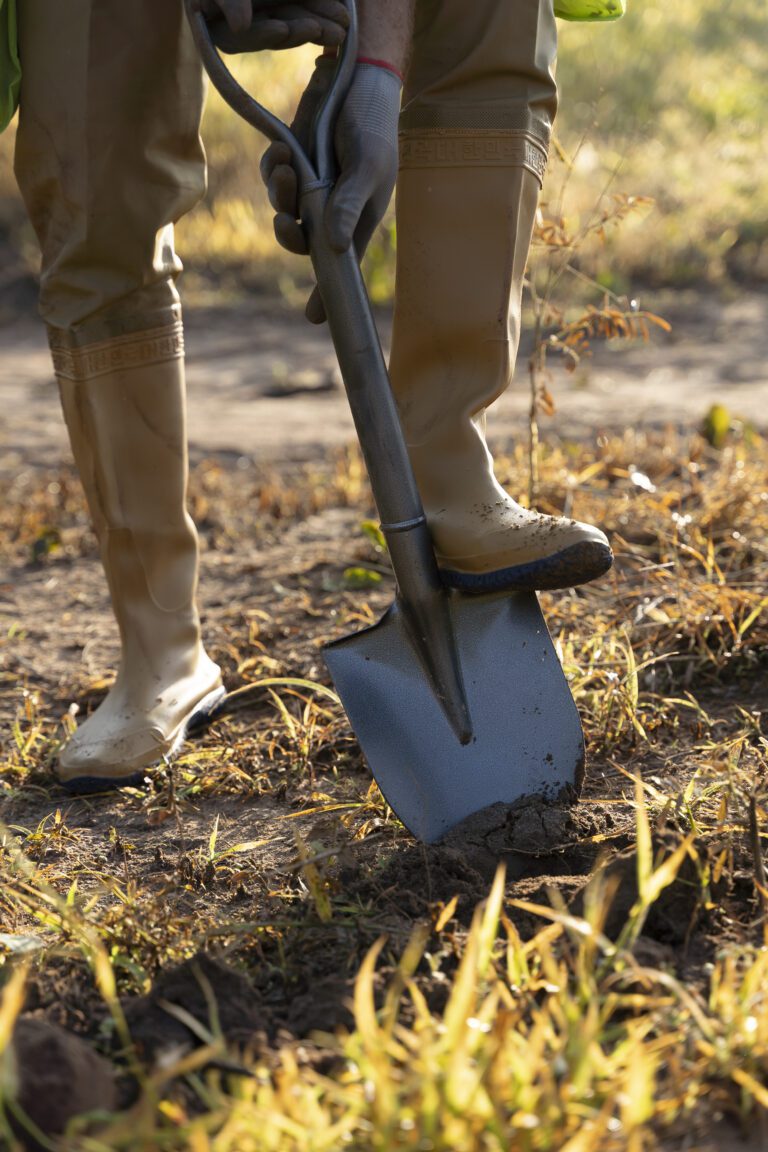Hydroponic Peppers: How to Grow Spicy and Flavorful Peppers in Water
Table of Contents
The Benefits of Growing Peppers Hydroponically
Growing peppers hydroponically offers several distinct advantages over traditional soil-based cultivation methods. One of the key benefits is the ability to control and optimize the growing conditions for peppers, resulting in faster growth and higher yields. With hydroponics, growers can fine-tune factors such as nutrient levels, pH balance, and temperature, creating the ideal environment for pepper plants to thrive.
Another advantage of hydroponic pepper cultivation is the conservation of resources. Compared to soil-based growing, hydroponics requires significantly less water, as the nutrient solutions are recirculated rather than being absorbed by the soil. This not only reduces water consumption but also minimizes the risk of water-related diseases and nutrient imbalances. Additionally, hydroponic systems can be set up in smaller spaces and have higher crop density, allowing for greater productivity per square meter compared to traditional farming methods.
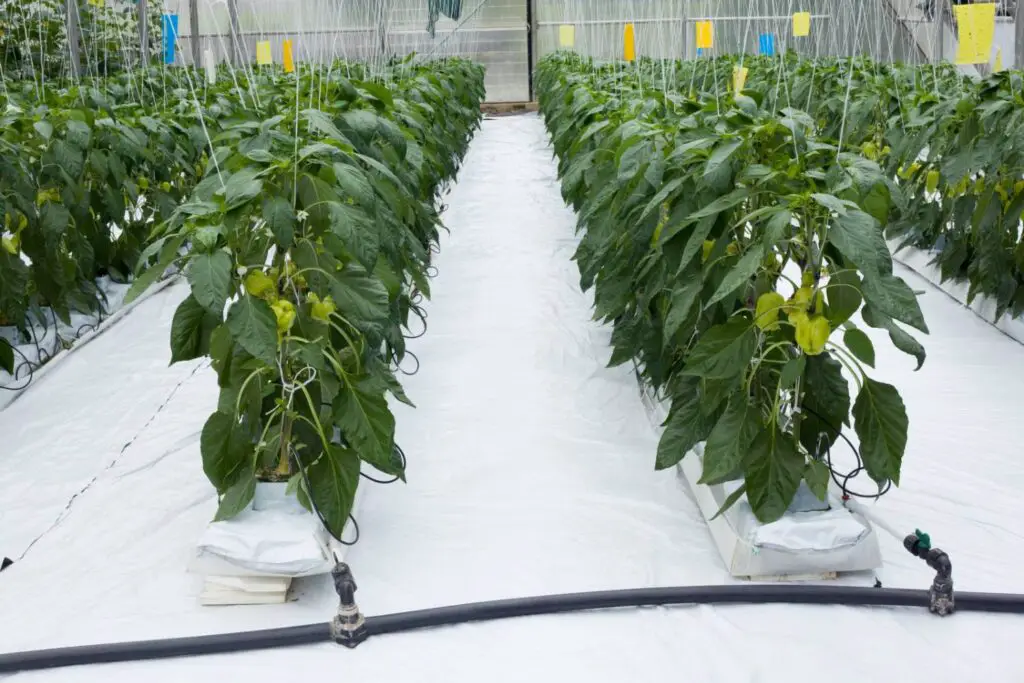
Overall, growing peppers hydroponically offers a precise and efficient way to cultivate this versatile and popular vegetable. Whether for commercial production or home gardening, hydroponics can provide optimal conditions for pepper plants to thrive, leading to healthier plants, higher yields, and a more sustainable approach to agriculture.
Choosing the Right Pepper Varieties for Hydroponic Cultivation
When it comes to choosing the right pepper varieties for hydroponic cultivation, there are several factors to consider. First and foremost, it’s essential to select pepper varieties that are well-suited to growing in a soilless system. Generally, compact bush varieties or those with strong upright growth habits tend to perform better in hydroponics.
Another crucial consideration is the desired pepper characteristics. Do you prefer mild or hot peppers? Are you looking for sweet bell peppers or more exotic varieties with unique flavors? Taking your preference into account will help you narrow down the options and select the pepper varieties that align with your taste preferences.

Additionally, it’s important to consider the overall growth requirements of different pepper varieties. Factors such as temperature tolerance, light requirements, and time to maturity can vary among different varieties. Be sure to consult reliable seed catalogs or gardening experts to gather detailed information on each variety’s growth needs, as this will ensure successful cultivation in your hydroponic system.
Gaining knowledge of the specific pepper varieties that thrive in hydroponic conditions will set you up for a successful growing season. With the right selection, you can enjoy a bountiful harvest of flavorful peppers in your hydroponic garden. Don’t be afraid to experiment with different varieties to find the ones that best suit your preferences and growing environment.
Setting Up Your Hydroponic System for Pepper Growth
When setting up your hydroponic system for pepper growth, there are a few key factors to consider. Firstly, it’s important to choose the right type of system that suits your needs and available space. There are various types of hydroponic systems, such as nutrient film technique (NFT), deep water culture (DWC), and ebb and flow systems, each with its advantages and disadvantages.
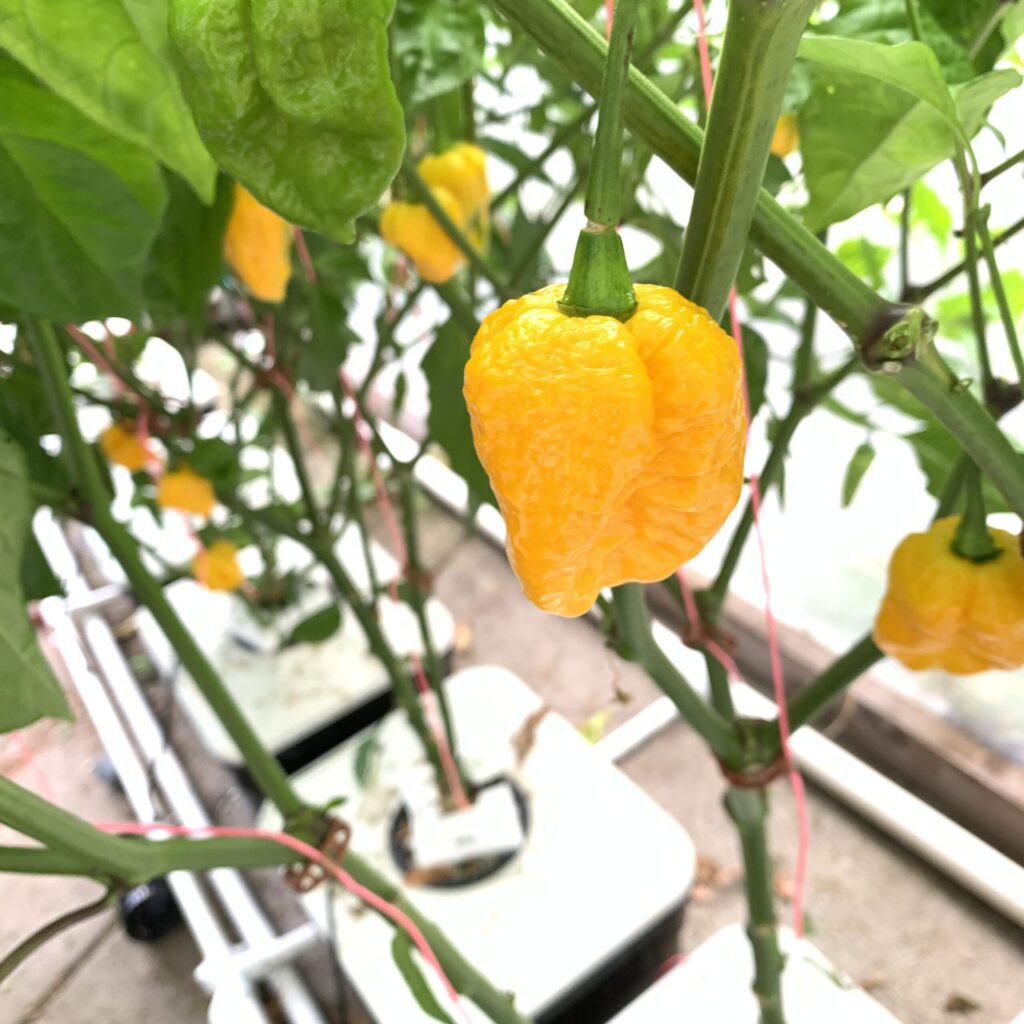
Once you have selected the appropriate system, it’s time to focus on the setup process. Start by assembling the necessary components, including a reservoir, pump, grow trays or channels, growing medium, and nutrient solution. Ensure that the system is properly cleaned and sterilized to minimize the risk of pests and diseases. Set up any necessary support structures such as trellises or stakes to help support the pepper plants as they grow. Additionally, it’s essential to ensure that the system is properly sealed and waterproofed to prevent any leaks or water damage. By taking these steps, you can create the ideal environment for your hydroponic pepper plants to thrive.
Providing the Ideal Growing Conditions for Hydroponic Peppers
To ensure successful growth and abundant yields, providing the ideal growing conditions for hydroponic peppers is crucial. These conditions include maintaining the appropriate temperature, humidity, and air circulation, as well as ensuring sufficient lighting and water quality.
Temperature plays a key role in pepper growth, with an optimal range of 70-85°F (21-29°C) during the day and slightly cooler temperatures at night. It is important to avoid extreme temperature fluctuations, as they can stress the plants. Additionally, maintaining a relative humidity level of around 60% is ideal for pepper plants, as it helps prevent issues such as foliar diseases and blossom end rot.
Proper air circulation is essential for hydroponic pepper cultivation. It reduces the risk of stagnant air and allows for the exchange of gases, aiding in healthy plant growth. Using fans or ventilation systems can help maintain optimal airflow within the growing area.

In terms of lighting, peppers require a minimum of 12-14 hours of light per day. While natural sunlight is ideal, artificial lighting sources such as high-intensity discharge (HID) lamps or light-emitting diodes (LEDs) can be utilized to supplement or substitute natural light. Providing the correct spectrum of light, including both blue and red wavelengths, is important for supporting the different stages of pepper plants’ growth.
Furthermore, water quality is crucial in hydroponic pepper cultivation. The water used must be free from contaminants and have a balanced nutrient composition. Testing the pH and electrical conductivity (EC) levels of the water regularly is necessary to ensure the plants are receiving the proper nutrients. Adjusting the pH to the ideal range of 5.5-6.5 and maintaining the appropriate EC levels will promote healthy growth and prevent nutrient deficiencies or toxicities.
By creating and maintaining the perfect environment, hydroponic pepper growers can provide their plants with the ideal conditions for robust growth and bountiful harvests.
Understanding the Nutrient Requirements of Hydroponic Peppers
Hydroponic peppers have specific nutrient requirements to thrive and produce optimal yields. When it comes to providing the right nutrients, there are a few key considerations to keep in mind. First and foremost, pepper plants require a balanced mix of macronutrients, micronutrients, and trace elements to support their growth and development. This includes essential elements such as nitrogen, phosphorus, potassium, calcium, magnesium, and sulfur, as well as trace elements like iron, zinc, manganese, and copper.
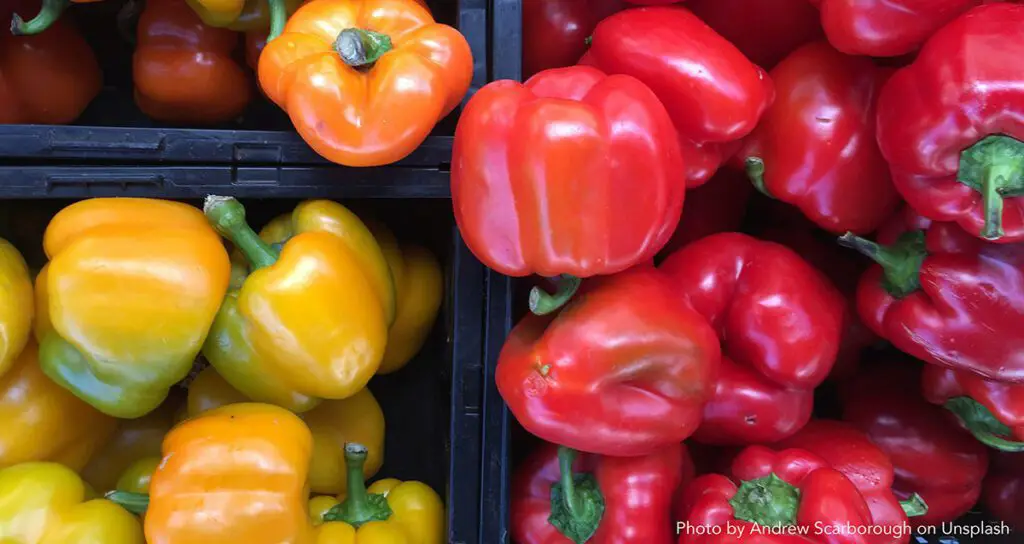
It is important to note that the nutrient concentration in hydroponic systems must be carefully monitored and adjusted to meet the plants’ needs. This can be achieved through the use of nutrient solutions specifically formulated for hydroponic cultivation. These solutions are typically liquid concentrates that can be mixed with water to create a well-balanced nutrient solution for the plants. Monitoring the pH level of the nutrient solution is also crucial, as it can affect the availability and uptake of nutrients by the peppers. By ensuring that the nutrient requirements are met and properly balanced, growers can provide the necessary support for vigorous growth and bountiful harvests.
Managing pH Levels for Optimal Pepper Growth in a Hydroponic System
Maintaining optimal pH levels is crucial for successful pepper growth in a hydroponic system. The pH level of the nutrient solution directly affects the plant’s ability to absorb essential nutrients. Peppers thrive in slightly acidic conditions, with a preferred pH range between 5.8 and 6.5.
To manage pH levels effectively, regular monitoring is essential. Test the pH of your nutrient solution at least once a day using a reliable pH meter or test kit. Make adjustments as needed to keep the levels within the recommended range.
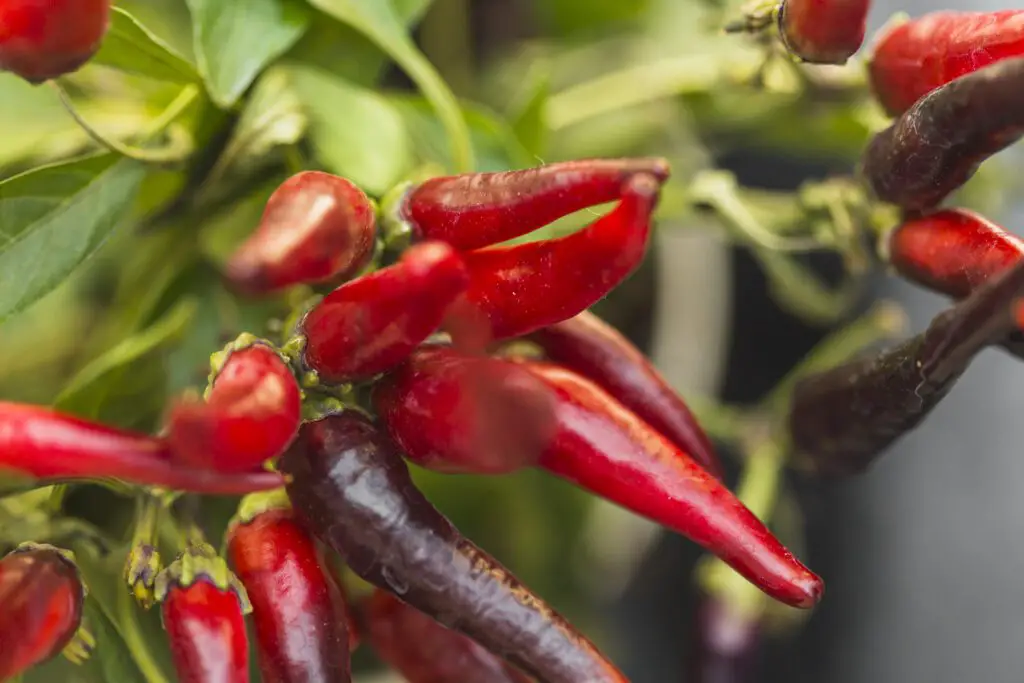
Adjusting pH levels can be done by adding either pH-up or pH-down solutions. pH-up solutions increase pH levels, while pH-down solutions lower them. It’s important to add these solutions in small increments, as sudden drastic changes in pH can stress the plants. Additionally, allow time for the solution to mix thoroughly before retesting and making further adjustments. It is recommended to follow the manufacturer’s instructions for the specific product being used.
Maintaining a stable pH level promotes proper nutrient uptake, resulting in healthier pepper plants. Regular monitoring and adjustments are critical to ensure optimal pH levels and maximize pepper growth in a hydroponic system.
Controlling Temperature and Humidity for Hydroponic Pepper Production
Temperature and humidity are crucial factors to consider when growing peppers hydroponically. Controlling these variables ensures optimal growth and helps avoid potential issues such as stunted growth, disease development, and poor yield.
Maintaining the right temperature is essential for hydroponic pepper production. Pepper plants thrive in temperatures between 65°F to 85°F (18°C to 29°C). Temperatures above or below this range can lead to reduced growth or even plant damage. To achieve this, it is recommended to use temperature regulators, such as thermostats or heaters, to adjust temperatures accordingly. Additionally, monitoring and adjusting the temperature based on the different stages of growth can further enhance pepper production. Cooler temperatures during germination and hotter temperatures during fruiting can promote healthier plants and higher crop yields.
Humidity also plays a vital role in hydroponic pepper cultivation. The ideal humidity range for peppers falls between 40% to 60%. High humidity levels can lead to issues like fungal diseases and reduced plant respiration. Conversely, low humidity can cause water stress and hinder nutrient uptake. Maintaining the appropriate humidity level can be achieved through the use of humidifiers or dehumidifiers, depending on the environmental conditions. Proper air circulation within the growing area is equally important to prevent moisture accumulation and mold formation. By carefully managing temperature and humidity, hydroponic gardeners can create optimal conditions for pepper plants to thrive and maximize their harvests.
Ensuring Sufficient Lighting for Healthy Hydroponic Pepper Plants
Proper lighting is crucial for the healthy growth of hydroponic pepper plants. Since these plants receive light solely through artificial sources in a hydroponic system, it is essential to provide them with sufficient light to thrive. Inadequate lighting can lead to stunted growth, poor fruit formation, and even plant death.
When it comes to choosing the right lighting for your hydroponic pepper plants, two main options are commonly used: fluorescent and LED lights. Fluorescent lights are cost-effective and work well for smaller-scale hydroponic gardens. They provide a good balance of light intensity and energy efficiency. On the other hand, LED lights are more expensive upfront but have longer lifespans and provide higher light output. They are especially well-suited for larger hydroponic setups where maintaining consistent and high-intensity lighting is essential.
Regardless of the type of light you choose, it is important to ensure a suitable light spectrum for optimal growth. Pepper plants require a spectrum rich in red and blue light, as these wavelengths are crucial for photosynthesis and fruit development. While most fluorescent and LED lights come in a range of spectrums, selecting bulbs specifically designed for plant growth will ensure that your hydroponic pepper plants receive the right light spectrum to thrive.
Water Quality and Its Importance in Hydroponic Pepper Cultivation
Water quality is of utmost importance in hydroponic pepper cultivation. Since hydroponic systems rely solely on water to deliver nutrients to the plants, any impurities or deficiencies in the water can have a significant impact on the overall health and productivity of the peppers.
One key aspect to consider is the pH level of the water. In hydroponic systems, the pH range should typically be maintained between 5.5 and 6.5 to ensure optimal nutrient uptake. Values outside this range can hinder nutrient absorption and lead to nutrient imbalances or deficiencies. Regular monitoring of the water’s pH level and the use of pH adjusters when necessary can help maintain the ideal conditions for the peppers.
Planting and Transplanting Hydroponic Pepper Seedlings
Once your hydroponic pepper seedlings have reached the appropriate size, it’s time to prepare them for transplantation. It’s crucial to handle the seedlings with care to ensure their successful growth in the hydroponic system. Before transplanting, make sure you have thoroughly cleaned and sanitized the containers or trays that will house the seedlings.
To begin, gently remove the seedlings from their current containers, being careful not to damage the delicate roots. If the roots are tightly bound, you can carefully loosen them to encourage better nutrient absorption once transplanted. It’s also important to note that transplanting should be done when the seedlings are around four to six weeks old and have developed their second set of true leaves.
When placing the seedlings into their new hydroponic system, ensure that the root system is adequately covered with the growing medium. This will provide stability and support for the seedlings as they establish themselves in the new environment. Additionally, make sure to maintain proper spacing between the seedlings to prevent overcrowding and promote good air circulation. This will help reduce the risk of disease or pest infestation. With the proper care and attention during the transplanting process, your hydroponic pepper seedlings will be ready to flourish in their new environment.
Pruning and Training Techniques for Maximizing Hydroponic Pepper Yields
Pruning and training are essential techniques for maximizing yields in hydroponic pepper gardens. By properly managing the growth of your plants, you can promote better fruiting, increase overall productivity, and ensure healthier plants.
Pruning involves selectively removing certain parts of the plant, such as the lateral shoots or suckers, to focus energy and resources towards fruit production. This helps to prevent overcrowding, improve air circulation and light penetration, and reduce the risk of diseases. When pruning hydroponic pepper plants, it is crucial to use sharp, clean tools to minimize damage and ensure quick healing. Regularly monitor your plants and remove any dead or diseased leaves, as these can serve as breeding grounds for pests and pathogens.
Common Pests and Diseases in Hydroponic Pepper Gardens
In hydroponic pepper gardens, like any other type of garden, pests, and diseases can pose a threat to the health and productivity of the plants. One common pest in hydroponic pepper gardens is aphids. These small insects feed on the sap of the plants and can quickly multiply, causing damage to the leaves and spreading diseases. To control aphids, it is important to regularly inspect the plants and promptly remove any affected leaves or use organic pest control methods such as introducing ladybugs or applying neem oil.
Another common issue in hydroponic pepper gardens is the occurrence of fungal diseases such as powdery mildew. This white powdery substance appears on the leaves and stems of the plants, hindering their growth and reducing yield. To prevent powdery mildew, it is essential to maintain good air circulation and avoid overcrowding the plants. Additionally, regularly disinfecting the equipment and ensuring proper sanitation practices can help minimize the spread of fungal diseases in a hydroponic system.
Harvesting and Storing Hydroponic Peppers for Maximum Flavor and Shelf Life
Harvesting and storing hydroponic peppers properly is crucial to maintain their maximum flavor and extend their shelf life. To ensure peak ripeness, it is recommended to harvest peppers when they have reached their desired size and color. Gently twist or cut the stem near the fruit to avoid damaging the plant. It’s important to handle the peppers with care, as any bruising or punctures can lead to spoilage.
Once harvested, it’s necessary to promptly store hydroponic peppers under the right conditions. Store them in a cool, dry place with good air circulation to prevent molding and rotting. A temperature range of 45-50 degrees Fahrenheit (7-10 degrees Celsius) is ideal for most pepper varieties. Avoid storing peppers in direct sunlight or near ethylene-emitting fruits like apples and bananas, as they can accelerate ripening and spoilage. Additionally, storing peppers in a plastic bag or container with ventilation holes can help maintain their freshness by controlling humidity levels. Stay tuned for further tips on how to enhance the flavor and extend the shelf life of hydroponic peppers.
How do hydroponically grown peppers compare to traditionally grown peppers in terms of flavor?
Hydroponically grown peppers are known for their superior flavor compared to traditionally grown peppers. This is because hydroponic systems provide optimal growing conditions and nutrient control, resulting in peppers with enhanced taste.
Can I grow any type of pepper in a hydroponic system?
While most pepper varieties can be grown hydroponically, it is important to choose varieties that are suitable for this cultivation method. Look for pepper varieties known for their adaptability to hydroponic systems and high yield potential.
What are the ideal conditions for growing hydroponic peppers?
Hydroponic peppers thrive in temperatures between 70-80°F (21-27°C) during the day and slightly cooler temperatures at night. They also require a relative humidity of around 60-70% for optimal growth.
How do I maintain the pH levels for hydroponic pepper growth?
It is crucial to regularly monitor and adjust the pH levels of the nutrient solution to ensure optimal growth. Most hydroponic peppers prefer a pH range between 5.5-6.5. pH testing kits or digital meters can be used for accurate measurement.
What lighting requirements do hydroponic pepper plants have?
Hydroponic pepper plants require a minimum of 12-14 hours of light per day. High-intensity discharge (HID) lamps or LED grow lights are commonly used to provide sufficient light intensity for healthy growth.
Why is water quality important in hydroponic pepper cultivation?
Water quality plays a significant role in hydroponic pepper cultivation as it directly affects the nutrient solution. It is essential to use clean, filtered water free from contaminants to ensure optimal plant health and nutrient uptake.
How do I harvest hydroponic peppers for maximum flavor and shelf life?
Hydroponic peppers should be harvested when they reach their desired size and color. It is recommended to use clean, sharp scissors or pruners to cut the peppers from the plant. After harvesting, store the peppers in a cool, dry place to prolong their shelf life.
Can hydroponically grown peppers be affected by pests and diseases?
Yes, hydroponically grown peppers can still be susceptible to pests and diseases. Common pests include aphids, spider mites, and whiteflies. Regular scouting, proper sanitation, and the use of organic pest control methods can help prevent and manage these issues.
How can I maximize the yield of hydroponic peppers?
Pruning and training techniques, such as removing suckers and supporting the plant with trellises or stakes, can help maximize the yield of hydroponic peppers. These practices ensure better light penetration, airflow, and overall plant health.
Can hydroponically grown peppers be stored for a long time?
While hydroponically grown peppers generally have a longer shelf life compared to traditionally grown peppers, they are still perishable. Proper storage in a cool, dry environment can extend their shelf life, but they are best consumed within a few weeks of harvest for maximum flavor and freshness.

Suyash Dhoot, editor at SouthElMonteHydroponics.com, is a pioneering force in hydroponics. His expertise spans nutrient solutions and cutting-edge technology. Through meticulous editing, he elevates the site to a beacon of knowledge, offering invaluable insights. Dhoot’s dedication shapes a greener, more efficient future for agriculture.

